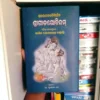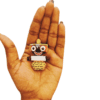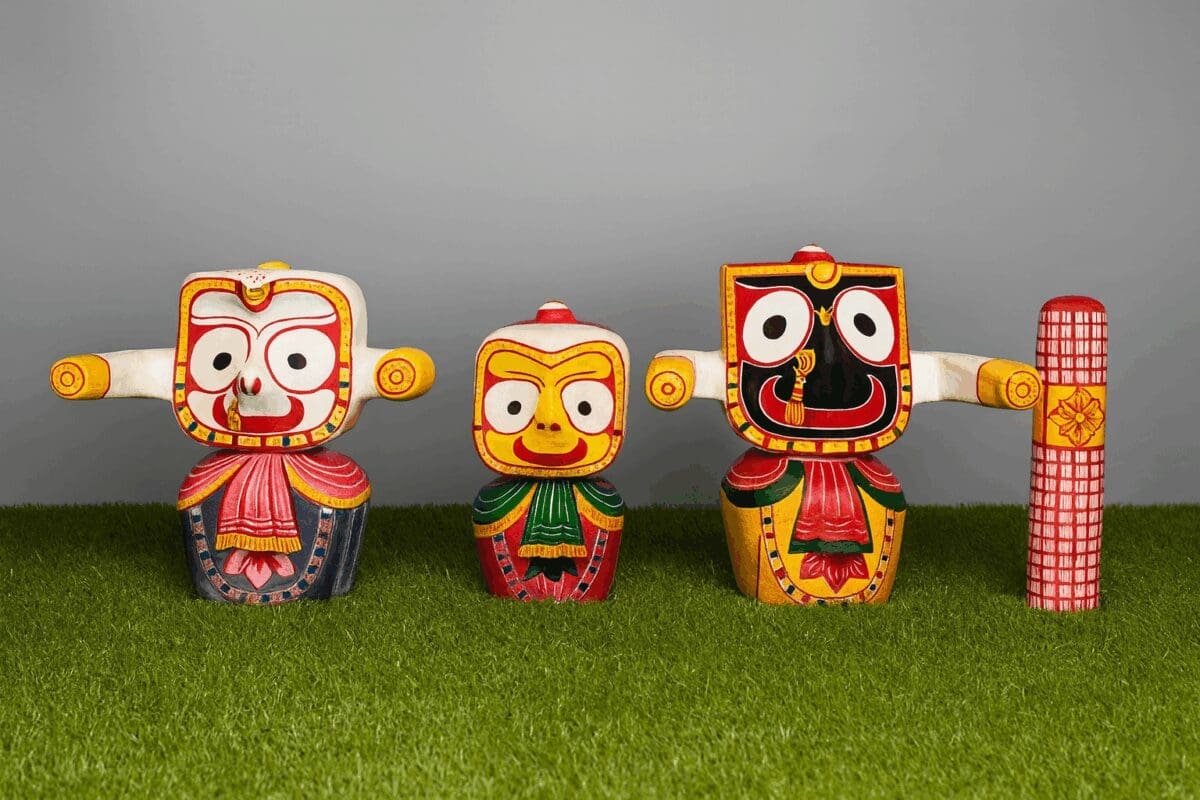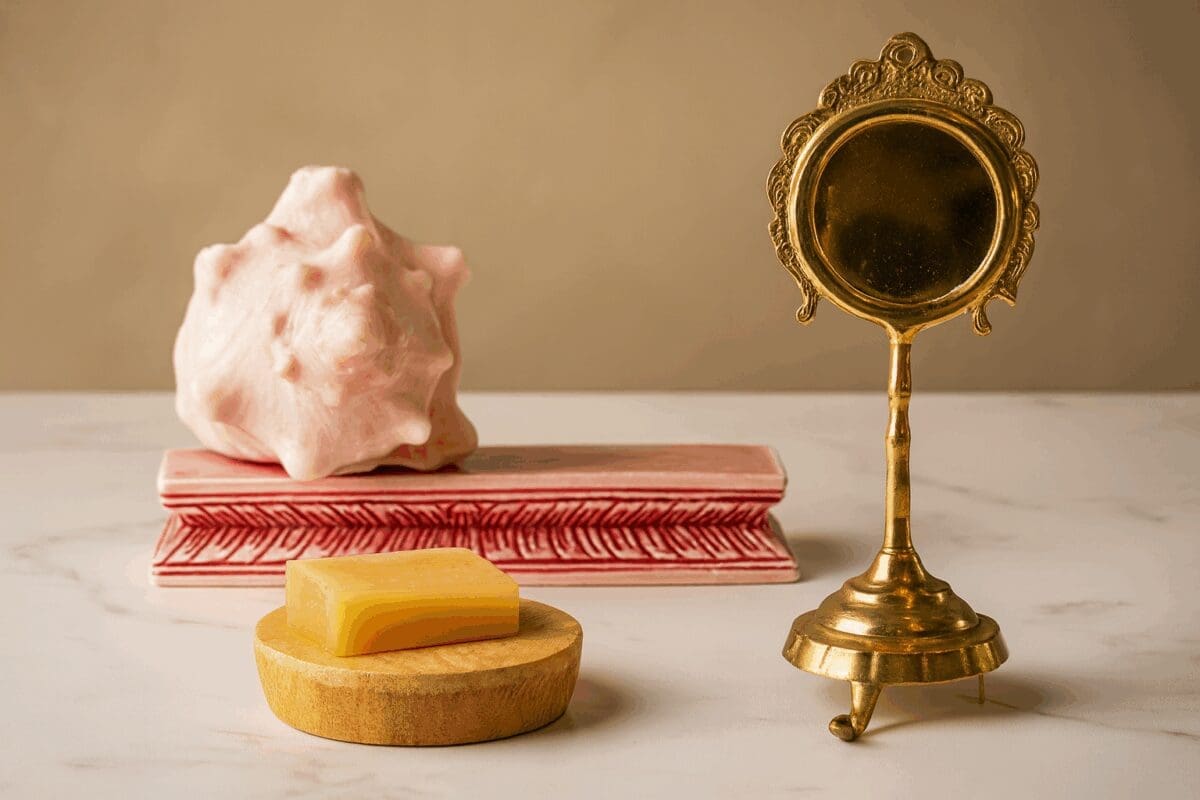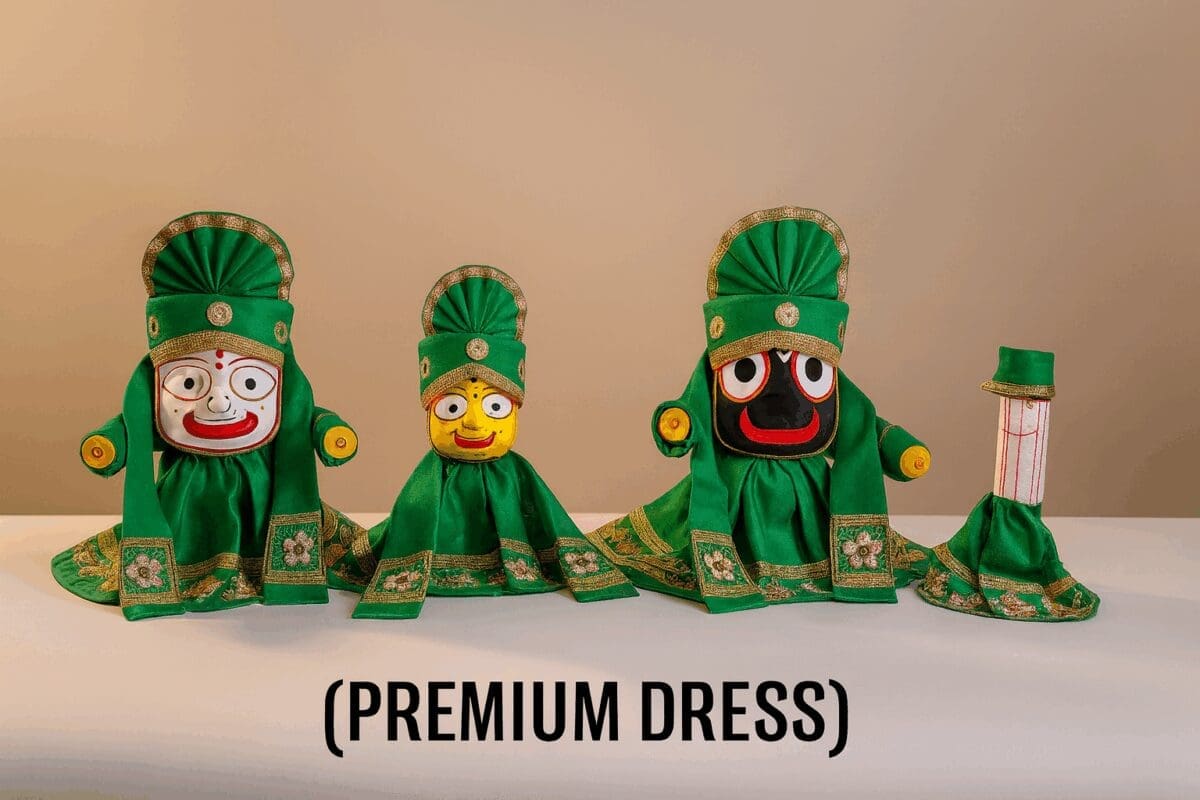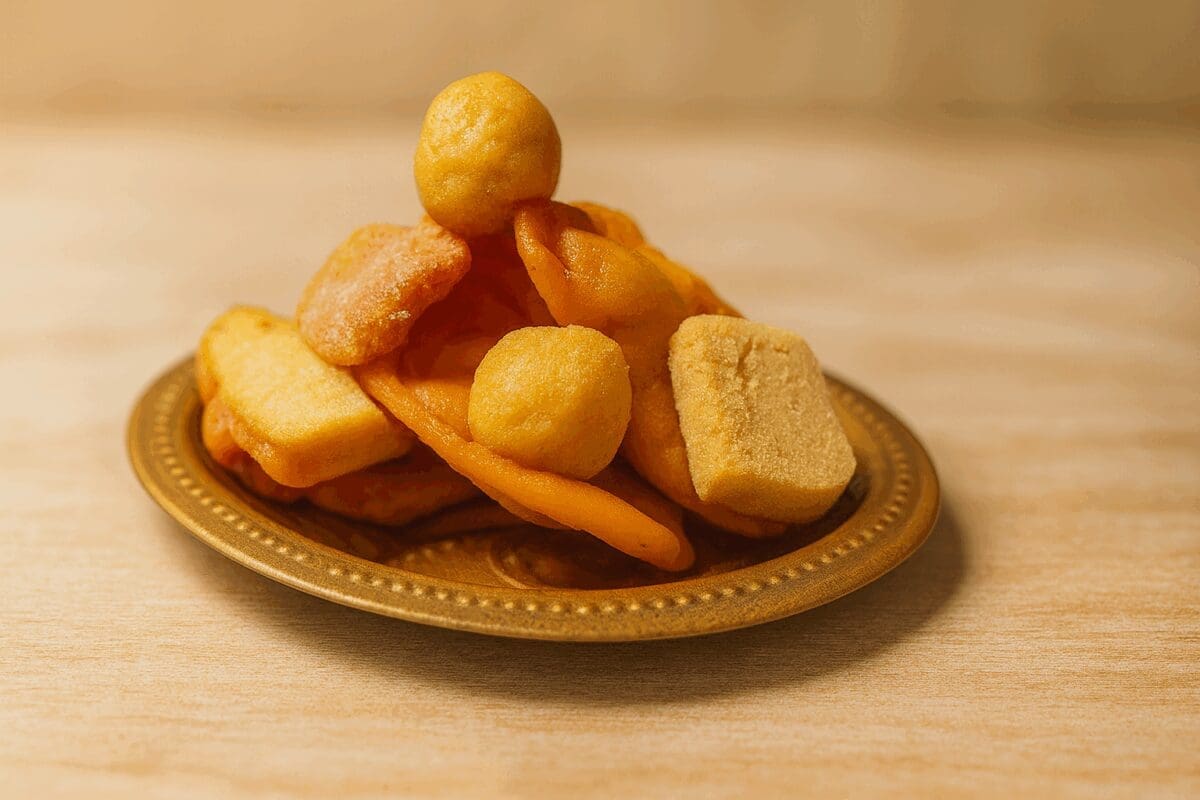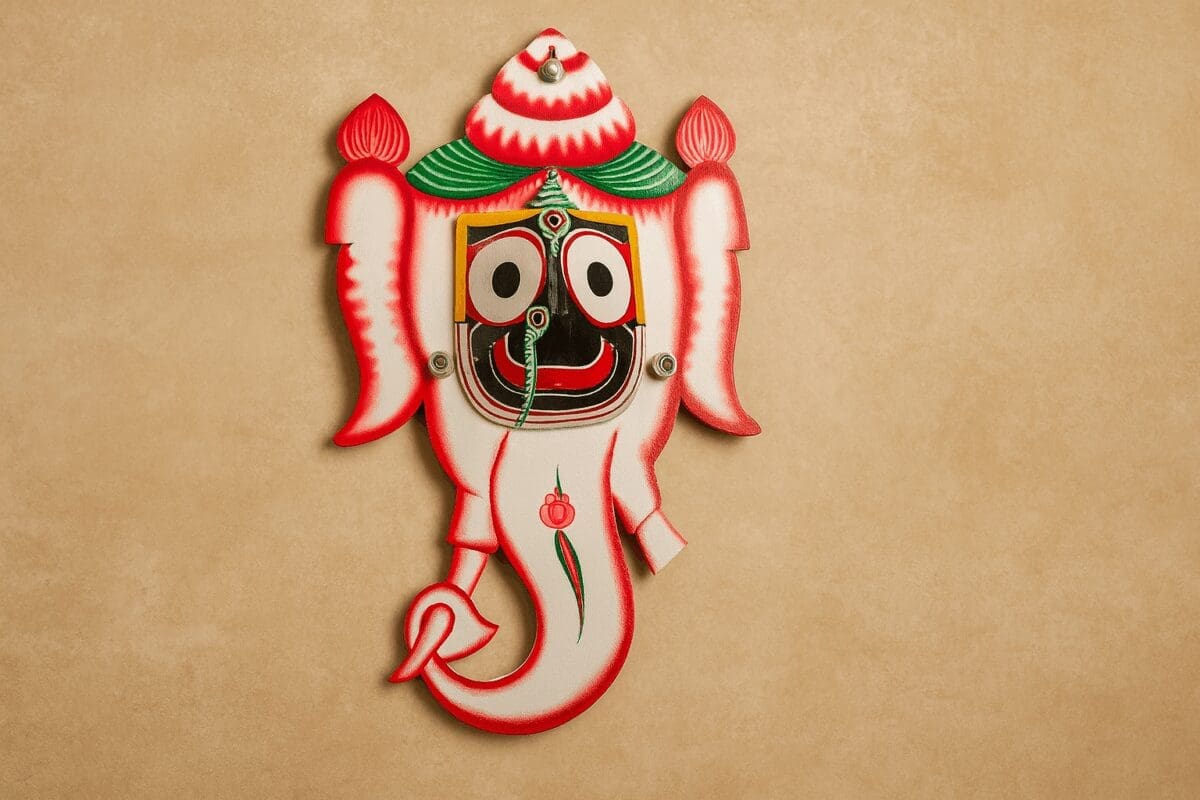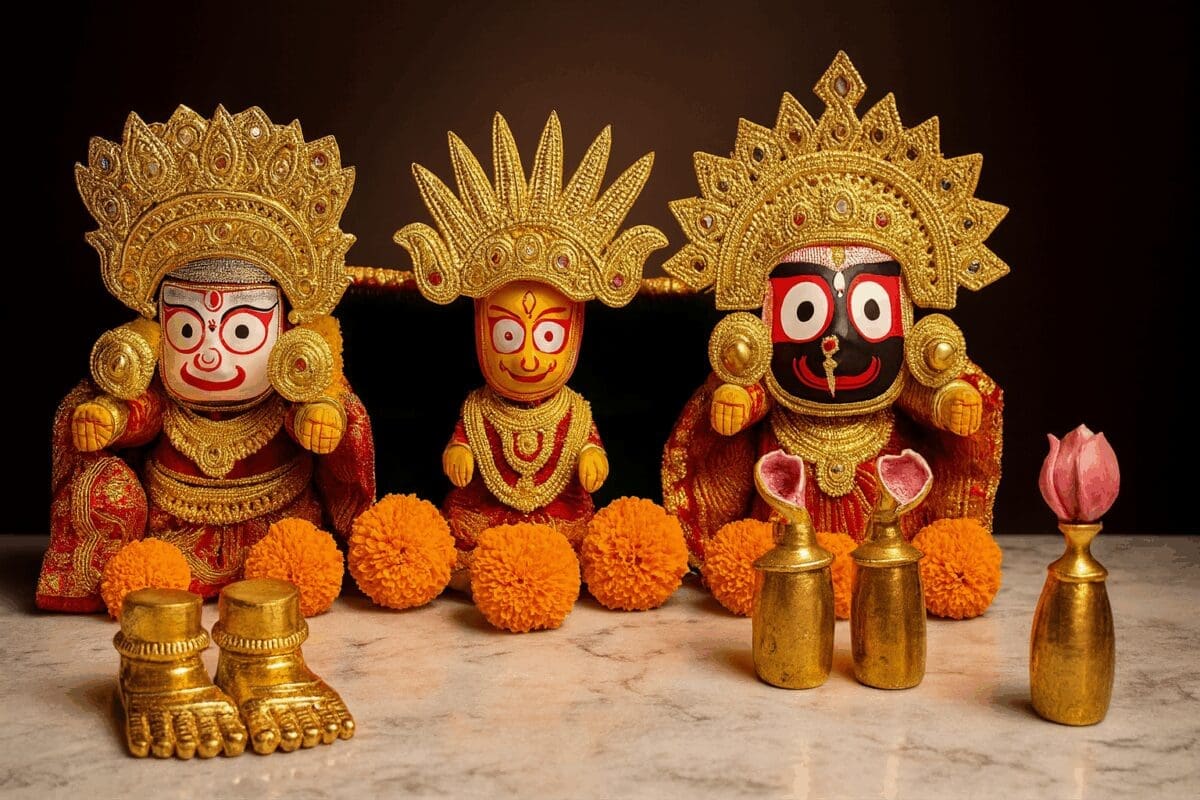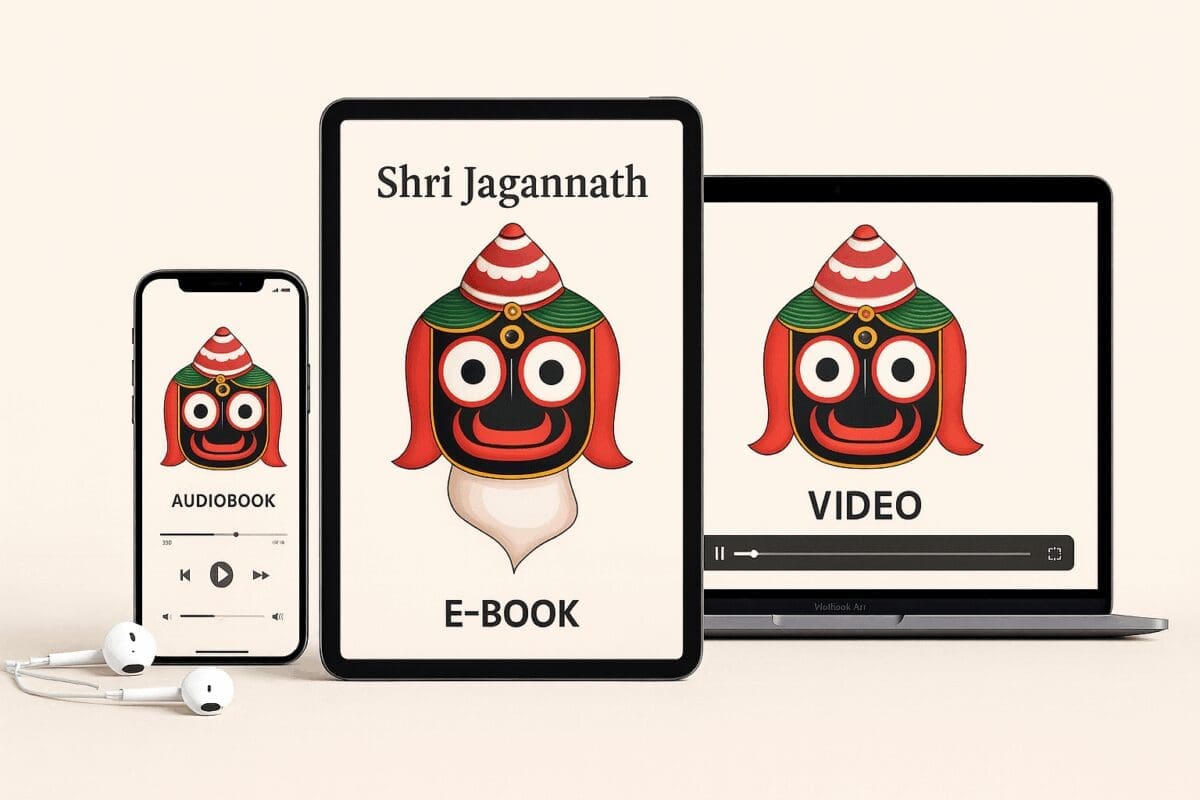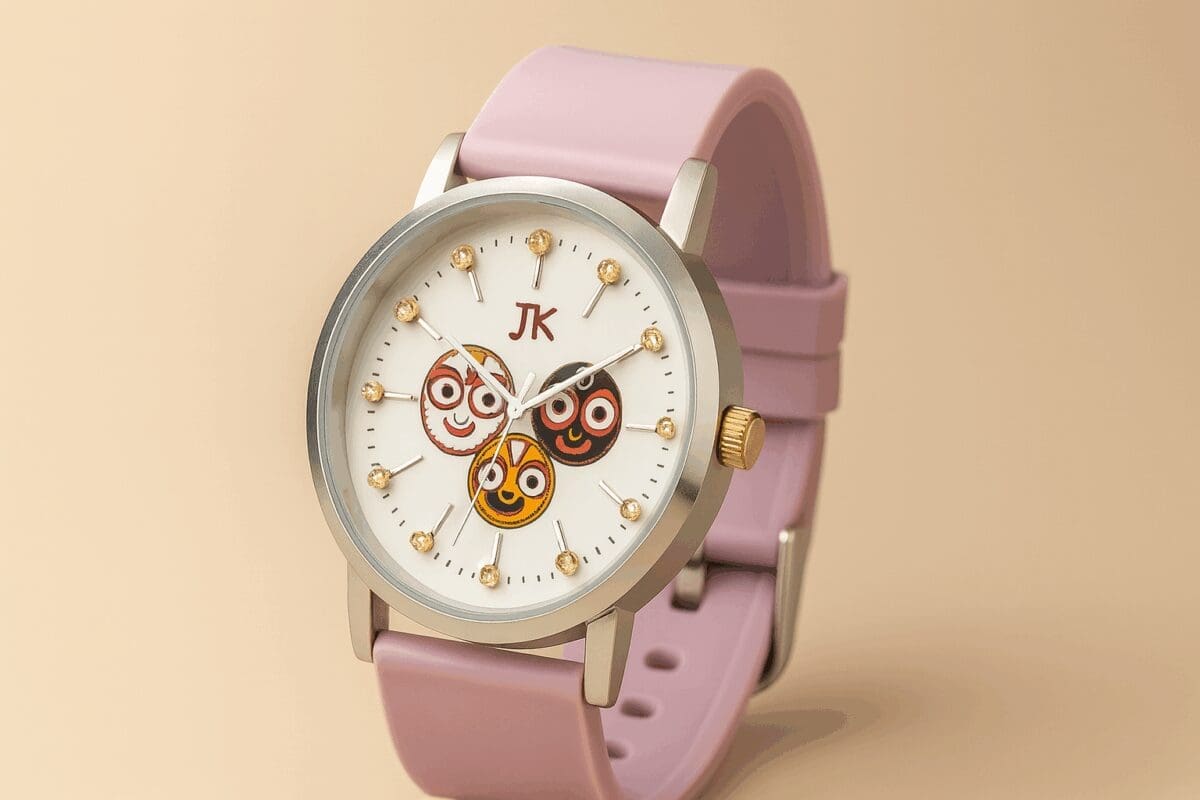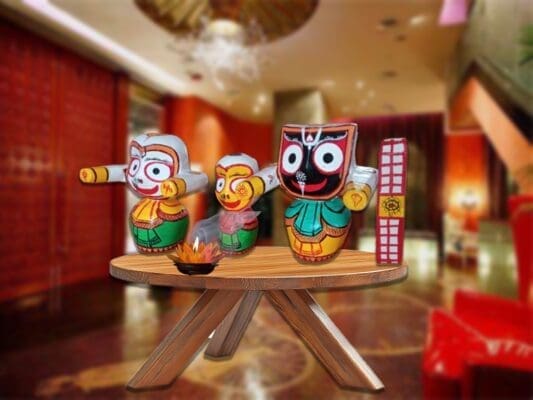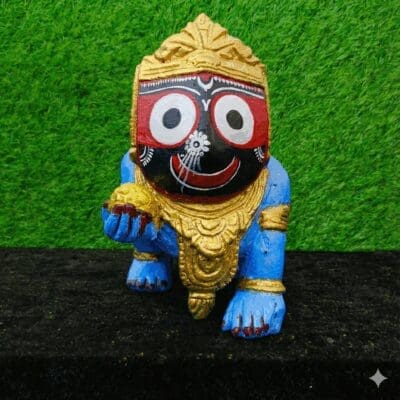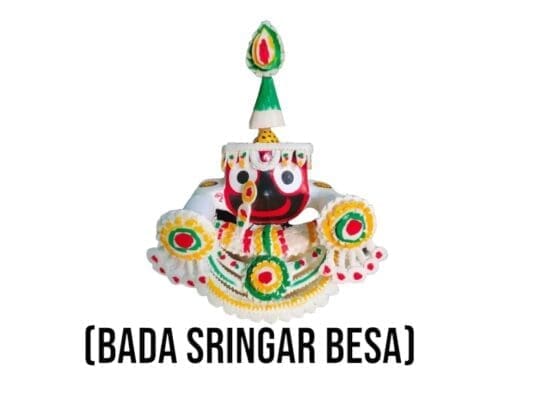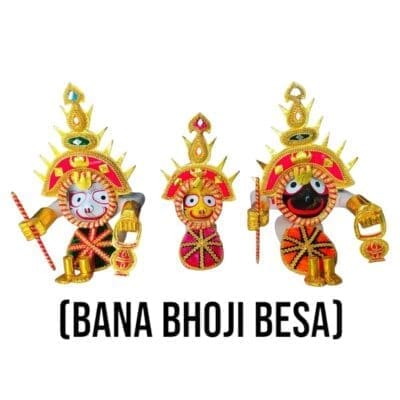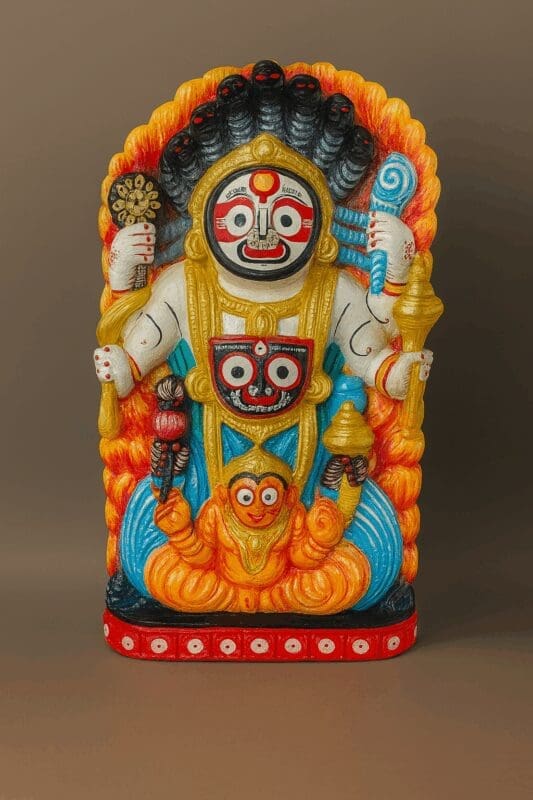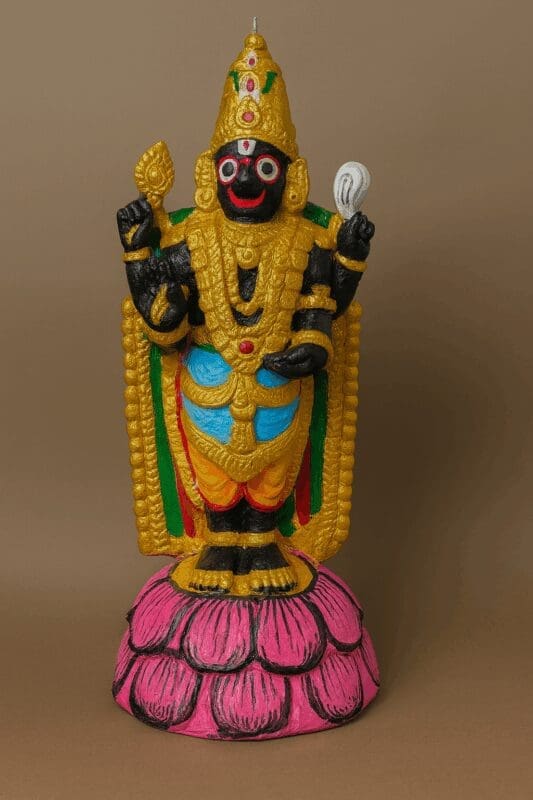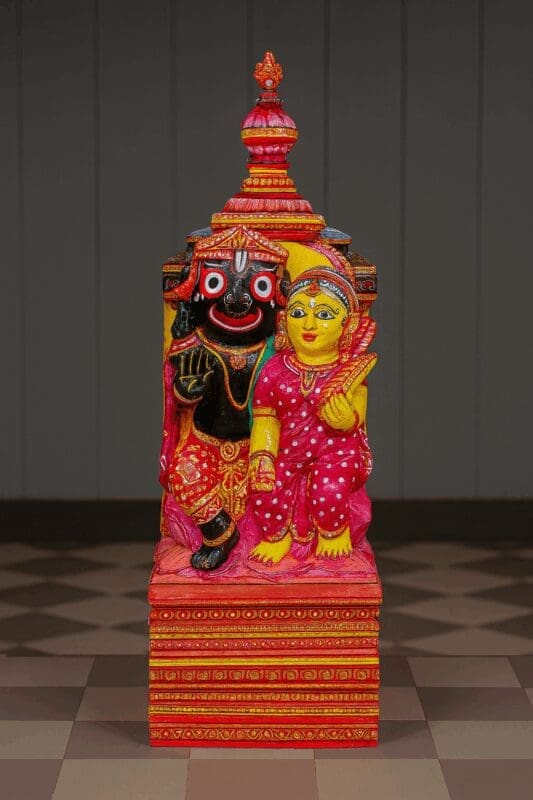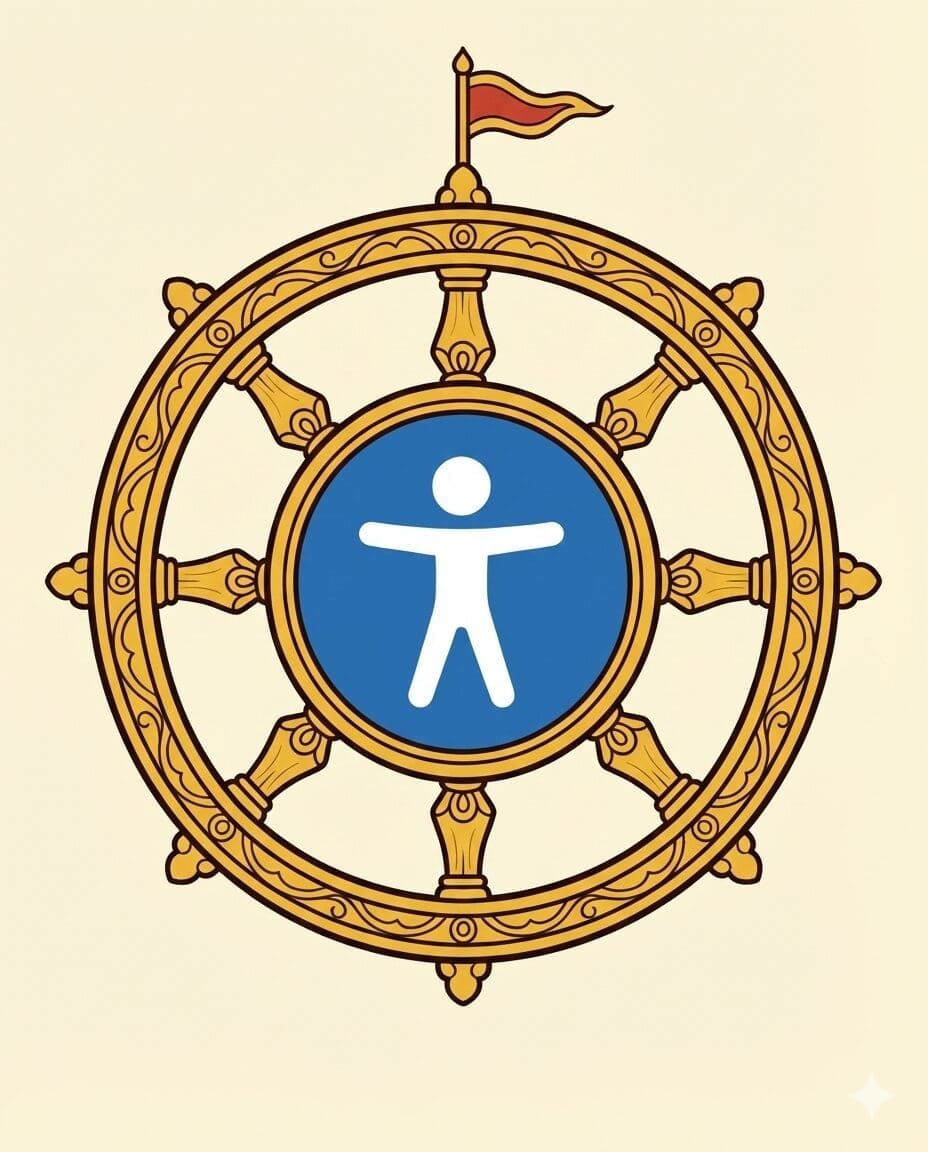Crafting the Divine: The Making ofSri Jagannath’s Murti (Ch. 19)
Chapter 19 of “Sri Jagannath puran” invites us to witness a pivotal moment in Sri Jagannath tradition: the creation of the sacred wooden murtis (idols) that embody LordSri Jagannath, Balabhadra, and Subhadra. As a historian fascinated by the confluence of faith, artistry, and ritual, this chapter offers a captivating glimpse into the mystical process through which these divine forms were brought to life.
A Divine Commission: The King and the Celestial Architect
The chapter recounts how King Indradyumna, guided by divine instructions, summons the celestial architect Vishwakarma to undertake the sacred task of carving the murtis. Vishwakarma, revered as the divine craftsman of the gods, is renowned for his unparalleled skill and ability to imbue his creations with celestial energy.
This narrative highlights the deep reverence for craftsmanship and artistry that permeated ancient Indian society. The act of creating religious icons was not merely a technical skill but a sacred act, imbued with spiritual significance. The involvement of Vishwakarma underscores the divine sanction and blessings bestowed upon the creation of Sri Jagannath murtis.
The Sacred Wood: Daru Brahma
The chapter emphasizes the importance of the material used for the murti: a sacred log of wood known as Daru Brahma. This wood, believed to possess inherent spiritual power, is said to have miraculously appeared on the shores of Puri, further reinforcing the notion of divine intervention in the establishment of Sri Jagannath tradition.
The choice of wood as the medium for the murti is significant. Wood, a natural and organic material, symbolizes the connection between the divine and the earthly realm. It also represents the accessibility of the divine to all, regardless of social status or caste, a key aspect of Sri Jagannath cult.
The Unfinished Forms: A Mystical Enigma
One of the most intriguing aspects of Sri Jagannath murti is their unique unfinished appearance, lacking clearly defined hands and feet. The text attributes this to King Indradyumna’s impatience, which led him to disturb Vishwakarma during the crafting process.
However, this seemingly flawed form is imbued with profound symbolism. It can be interpreted as a representation of the formless and limitless nature of the divine, transcending any physical limitations. This concept resonates with various philosophical schools within Hinduism, which emphasize the ultimate reality as being beyond form and attributes.
Connecting with the Present: The Enduring Power of Sacred Art
Sri Jagannath murti continue to be objects of profound reverence and devotion for millions of Hindus today. Their unique form and the rituals associated with them have become integral to the cultural and religious identity of Odisha.
For the modern reader, this chapter offers a glimpse into the rich artistic and spiritual heritage of India. It encourages us to appreciate the symbolism and craftsmanship of sacred icons, recognizing their role in fostering devotion and connecting individuals with the divine.
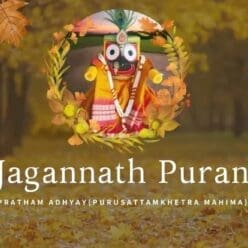 "Shri Jagannath Puran Kritan" Audio One to Three Adhhaya(Part)
₹ 1,797.00
"Shri Jagannath Puran Kritan" Audio One to Three Adhhaya(Part)
₹ 1,797.00 Big size Brass hands, Feet and weapons
₹ 298,000.00
Big size Brass hands, Feet and weapons
₹ 298,000.00 Wooden Patitapawan temple
Wooden Patitapawan temple
 Grace Shawl for Pooja/fastival moments and Temple Visit
From ₹ 675.00
Grace Shawl for Pooja/fastival moments and Temple Visit
From ₹ 675.00 Shri Gita gobindam Book
Shri Gita gobindam Book
 Sambhu Jagannath Locket
Sambhu Jagannath Locket


 Big size Brass hands, Feet and weapons
Big size Brass hands, Feet and weapons 

